Has Donald Trump just made another pivot on the Russia-Ukraine war? The US president announced that he would meet Russia’s Vladimir Putin in Hungary after a “very productive” call on Thursday (October 16). This has raised questions if America would agree to the supply of Tomahawk missiles to Ukraine when Volodymyr Zelenskyy visits the White House today (October 17).
Trump’s scheduled visit with Putin comes two months after the two met face-to-face in Anchorage, Alaska.
The announcement has surprised lawmakers and analysts in the US and Ukraine, leaving many scratching their heads about Trump’s strategy to end the war. Oleksander Merezhko, a member of Ukraine’s parliament, told Newsweek, “Maybe Trump is playing some sort of a sophisticated diplomatic game. But on the surface it’s not clear, to put it mildly.”
Here’s what we know though so far — what led to the phone call between Trump and Putin, what did the two discuss, and what it could mean for the Russia-Ukraine war.
‘A very good and productive call’
On Thursday, US President Donald Trump and his Russian counterpart, Vladimir Putin — with whom he has shared hot and cold relations since returning to power this year — held a telephonic call. The call between the two leaders, according to White House Press Secretary Karoline Leavitt, lasted more than two hours.
Taking to social media after the call, Trump wrote, “I believe great progress was made with today’s telephone conversation” and noted a number of topics of discussion.
“President Putin congratulated me and the United States on the great accomplishment of peace in the Middle East, something that, he said, has been dreamed of for centuries. I actually believe that the success in the Middle East will help in our negotiation in attaining an end to the war with Russia/Ukraine,” the president wrote in his social media post. “We also spent a great deal of time talking about trade between Russia and the United States when the war with Ukraine is over.”
According to the US president, Putin also thanked US First Lady Melania Trump during the call for her advocacy for children. “He was very appreciative, and said that this will continue,” he added.
Following the call, Trump announced a second face-to-face with Putin in Budapest, Hungary, to discuss the war in Ukraine. “President Putin and I will then meet in an agreed upon location, Budapest, Hungary, to see if we can bring this ‘inglorious’ war, between Russia and Ukraine, to an end,” the US president said on Truth Social.
A date has not been set, but Trump said the meeting could happen in about two weeks.
Trump further added that US Secretary of State Marco Rubio and other ‘high level advisors’ will meet next week with their Russian counterparts to lay the groundwork for his summit with Putin.
Why Budapest
The second Trump-Putin meeting will be held in Budapest, Hungary two months after the two leaders met in Anchorage, Alaska.
Notably, Budapest was a finalist to host the previous meeting too, but officials ultimately landed on Alaska, according to multiple sources familiar with the matter.
Moreover, Hungarian Prime Minister Viktor Orban has maintained friendly relations with both men. He later even said that he had spoken to Trump. “Preparations for the USA-Russia peace summit are underway,” he said on X.
With Budapest, the issue of the International Criminal Court arrest warrant for Putin is also moot. That’s because Hungary announced its withdrawal from the ICC — though it is still a member until June 2026. But Orban gave Israeli Prime Minister Benjamin Netanyahu a promise that he would not carry out the warrant when Netanyahu visited Hungary in April.
The Tomahawk missiles factor
Many speculate if the phone call held between Trump and Putin on Thursday had anything to do with America’s impending decision to supply Tomahawk missiles to Ukraine. After all, the phone call came just a day before the US president is to meet Zelenskyy to discuss the same.
The Tomahawk missiles have been a hot topic in Washington and Kyiv over the past few days. It gathered pace when US President Donald Trump said he didn’t rule out supplying Tomahawk missiles to Ukraine if Russia continued to refuse a peaceful resolution to the conflict in Ukraine.
On October 12, Zelenskyy even said that he believed the Tomahawk missiles could bring an end to the war. “We see and hear that Russia is afraid that the Americans may give us Tomahawks — that this kind of pressure may work for peace.”
And after the phone call, Ukraine maintained that potential US supplies of long-range Tomahawk missile “forced” Russia’s Putin to call his American counterpart. “Today’s call between US President Donald Trump and Putin demonstrates how even the discussion about Tomahawk missiles had already forced Putin back into dialogue with America,” Ukraine’s Foreign Minister Andriy Sybiga said on X.
What the phone call means for Trump-Zelenskyy meet
The phone call between Trump and Putin throws up many questions when it comes to aid for Ukraine. Ukrainian President Zelenskky will be at the White House today (October 17) to convince Trump that the US supply the Tomahawk missiles.
However, it’s hard to believe that Trump would now agree after the Putin phone call and a second meeting with the Russian leader. Trump noted that the Russian leader “didn’t like it” when he raised the possibility during their call of giving Kyiv the missiles with a 1,600-kilometre range.
Trump even said, “We need them too, so I don’t know what we can do about that.”
In fact, Yuri Ushakov, Putin’s foreign affairs adviser, said the Russian president, who had initiated the call, even emphasised to Trump that selling long-range Tomahawk missiles to Ukraine would “inflict significant damage to the relations between our countries”.
As the BBC noted the two hour Trump-Putin phone call somewhat steals a march on the Ukrainian president’s big moment.
Many experts also fear that the phone call between Trump and Putin has resulted in the American president doing another pivot on his stance in the ongoing war. As Andrew D’Anieri, the associate director of the Atlantic Council’s Eurasia Center, told Newsweek: “With Putin, Trump has talked about doing the hard policy work to actually put pressure on Russia, but he’s declined time and again to take those steps. Instead he’s favoured having high-level meetings and summit after summit, and it’s basically gotten us nowhere.”
Even George Barros, a Russia analyst at the Institute for the Study of War, questioned the timing of Putin’s call with Trump. “Putin has done this before numerous times to try to stall” the United States from increasing aid to Ukraine at critical moments in the war, Barros said. “He’s been successful in the past. We’ll see if he can do that again.”
The phone call between Trump and Putin and the subsequent meeting between the US president and Zelenskky also matters to the course of the ongoing war. A massive Russian drone and missile attack hit gas facilities in eastern Ukraine as Zelenskyy made his way to Washington. Moscow launched hundreds of drones and dozens of missiles, as well as glide bombs early on Thursday, sparking outages in eight regions in another large-scale bombardment targeting Ukraine’s energy network.
“Russia launched more than 300 attack drones and 37 missiles, a significant number of them ballistic, against Ukraine,” Zelenskyy said on X. “This autumn, the Russians use every single day to strike at our energy infrastructure.”
Meanwhile, the Russian economy is also feeling the effects of the Ukrainian military’s increasingly effective drone strikes on oil depots.
In light of these circumstances, it is to be seen which way does Trump sway.
With inputs from agencies


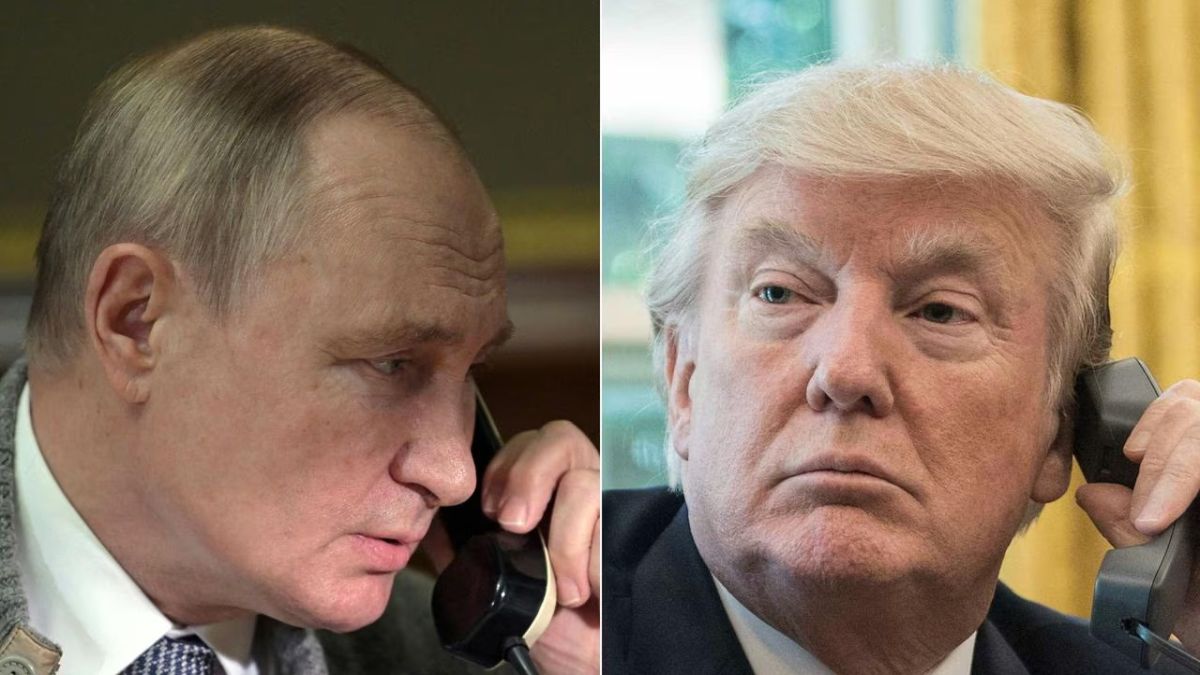)

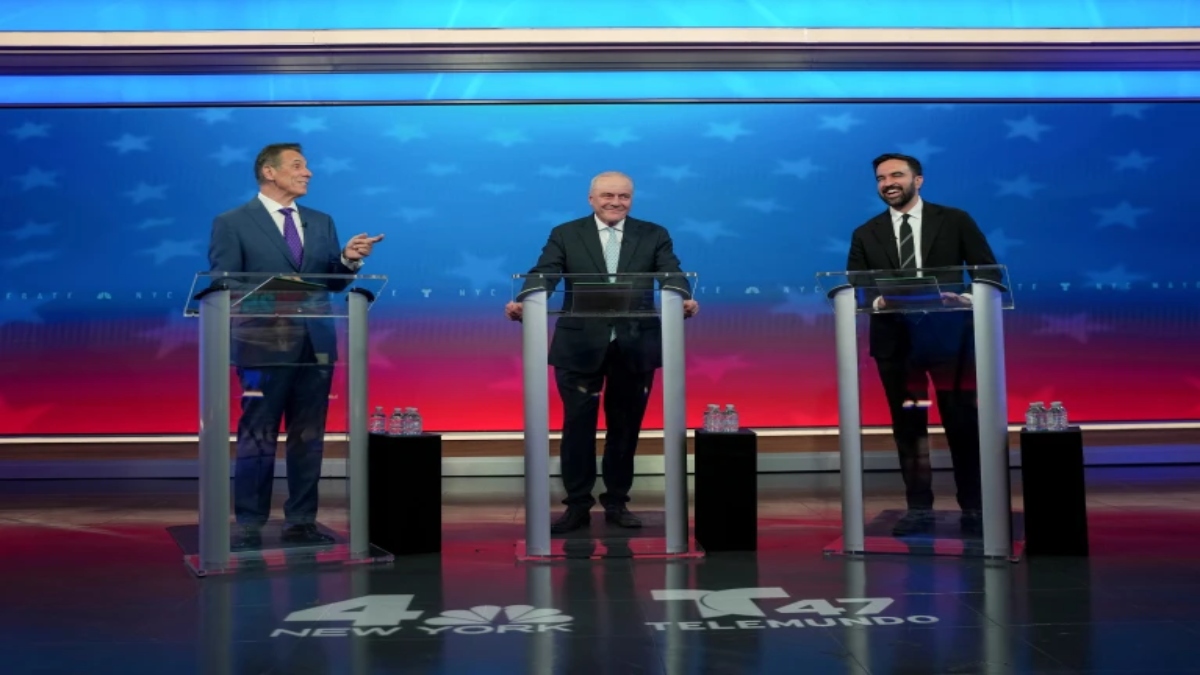)
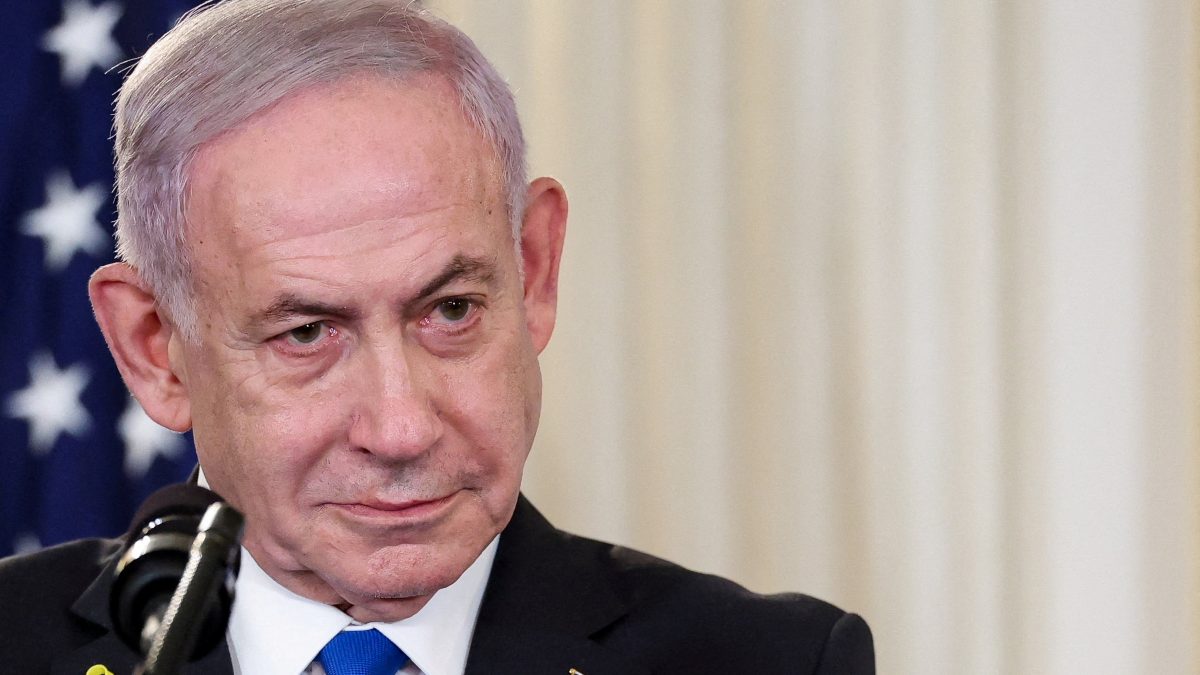)
)
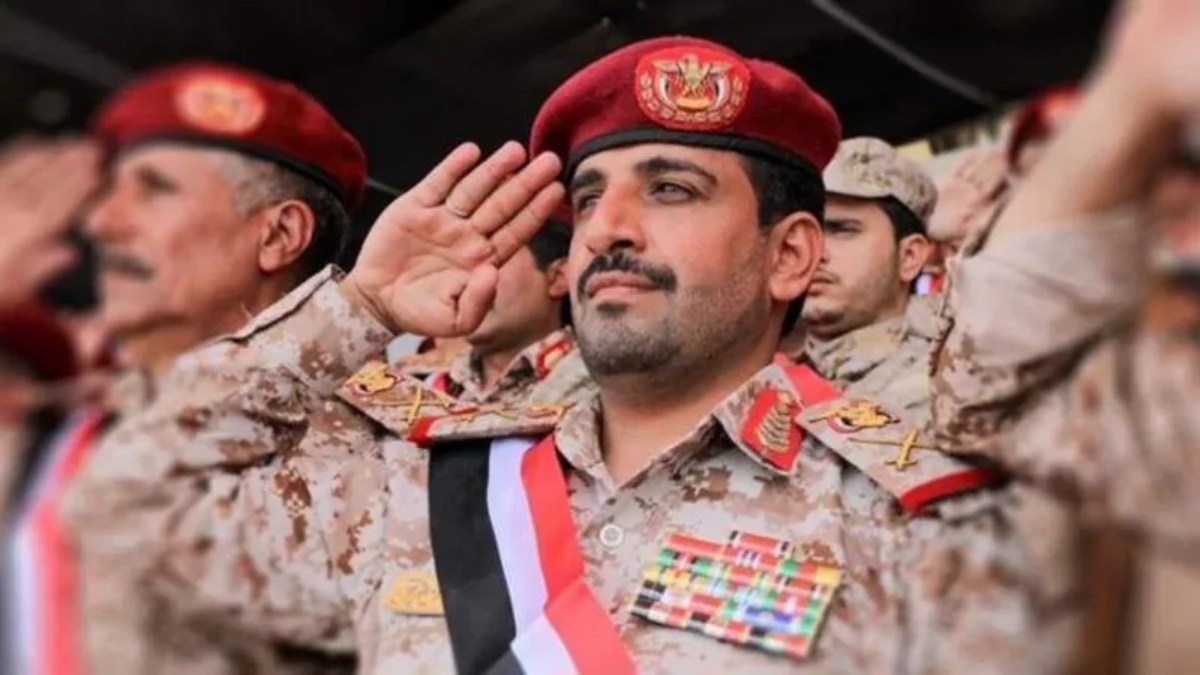)
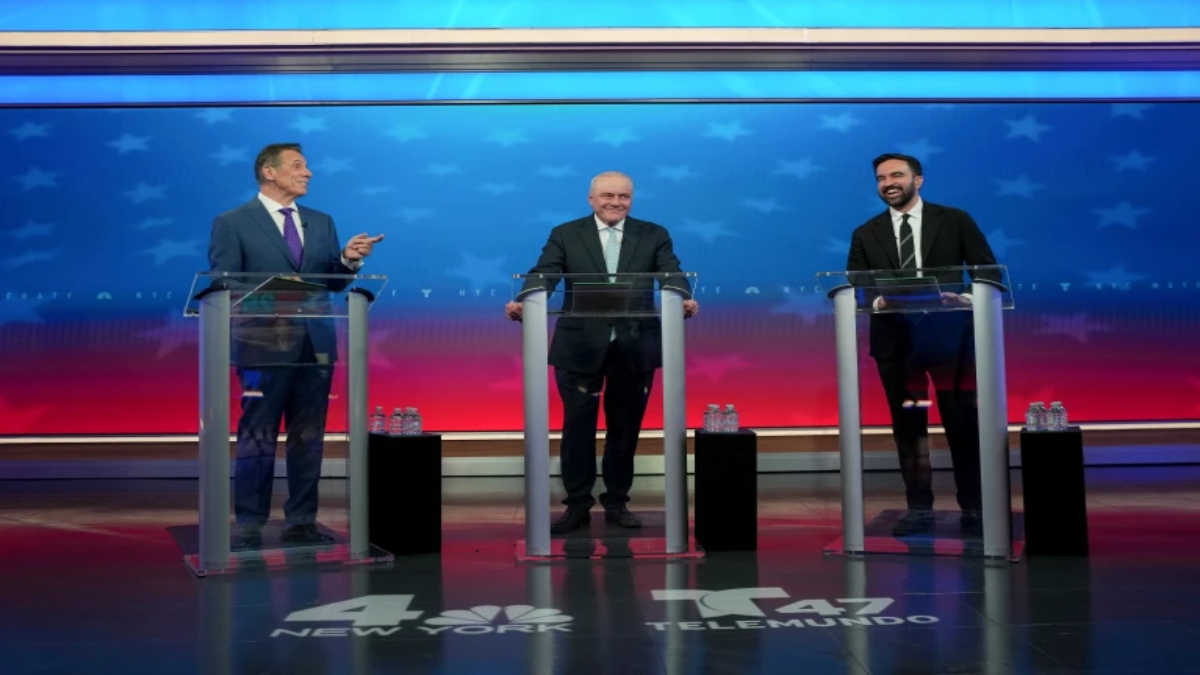)
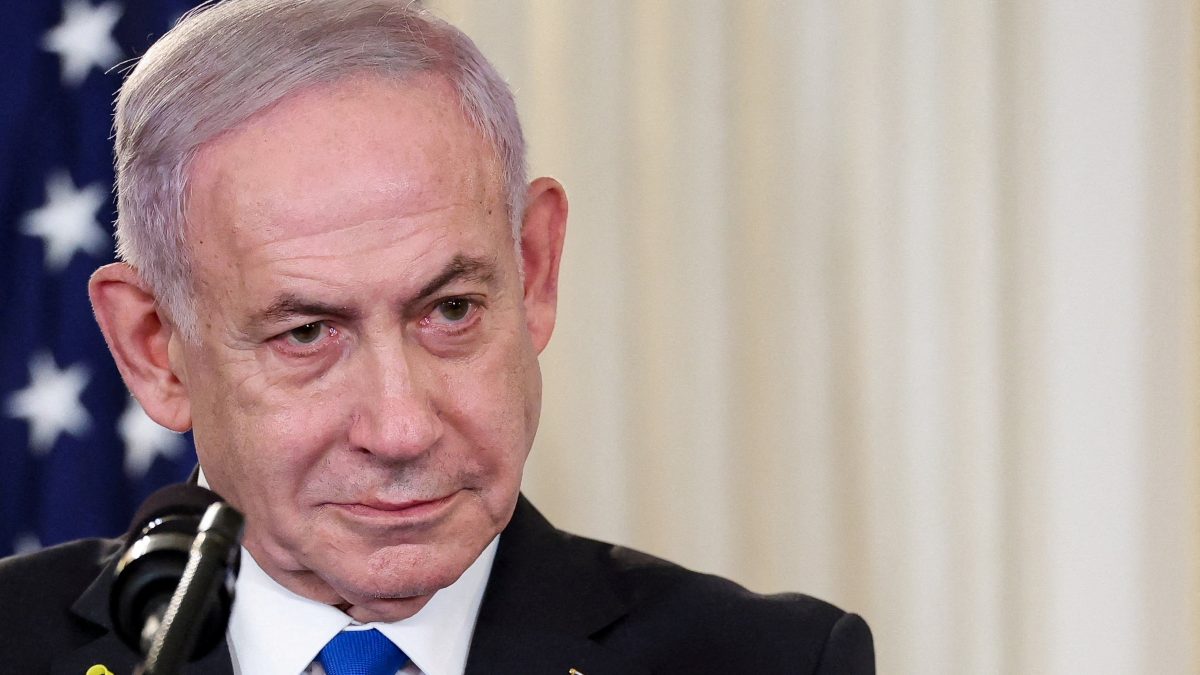)
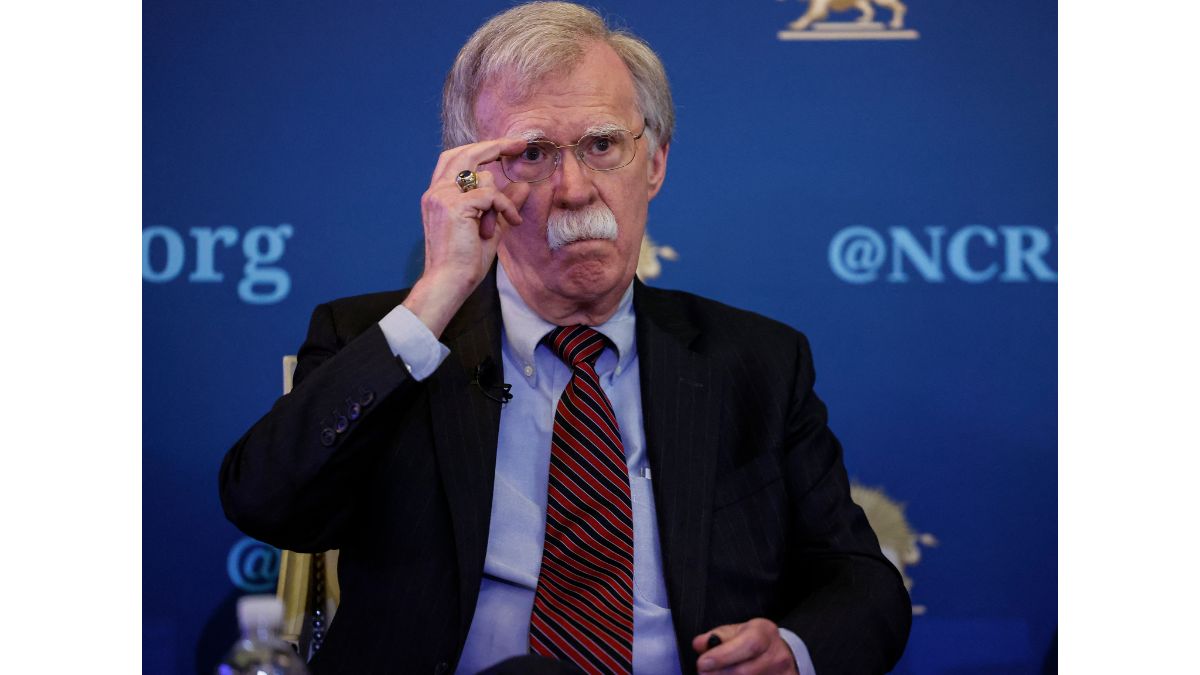)
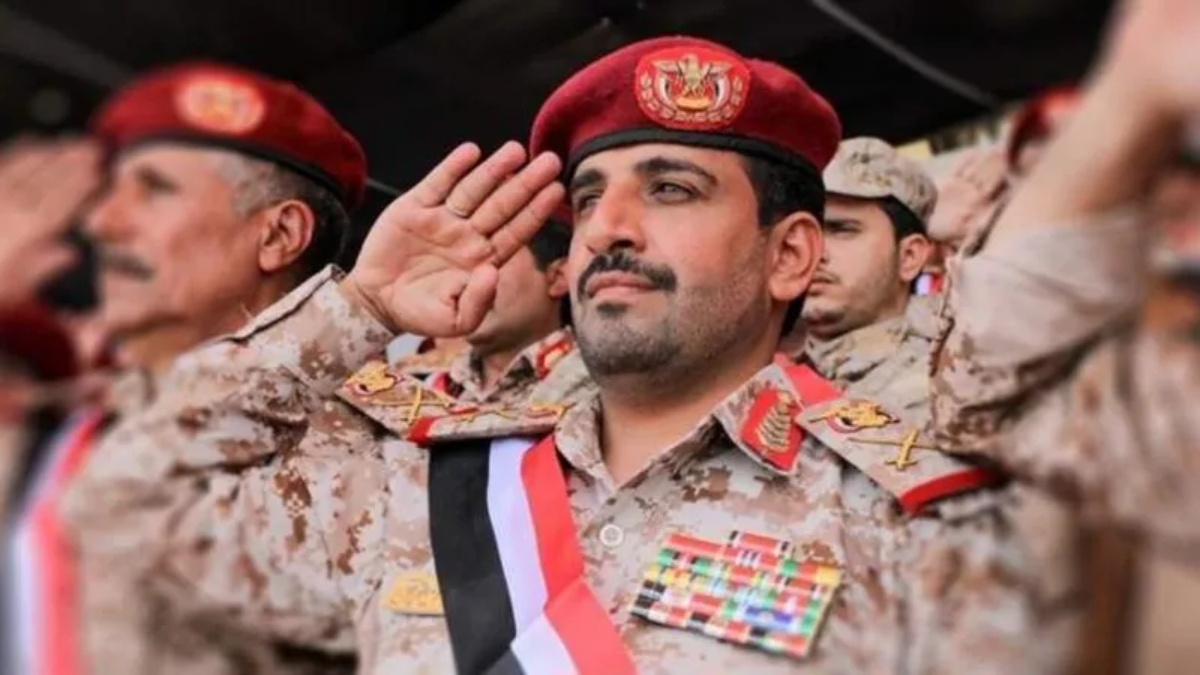)



